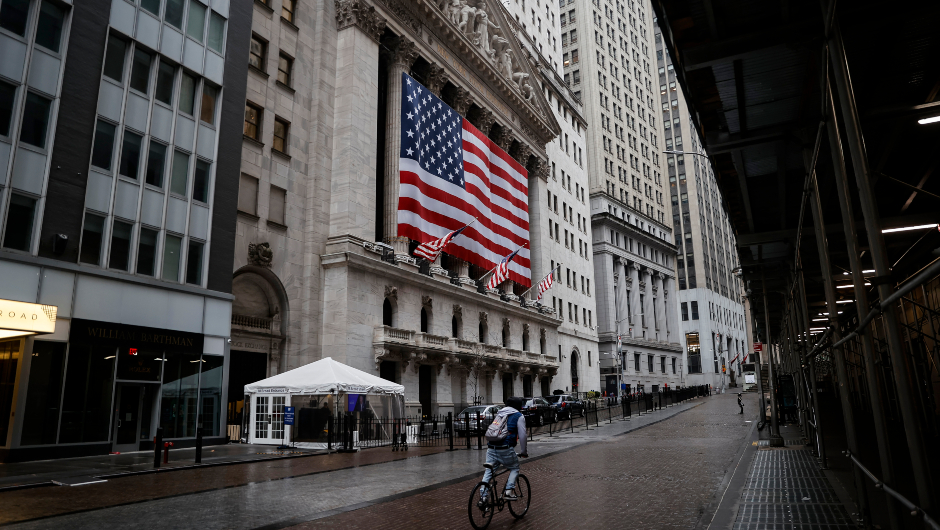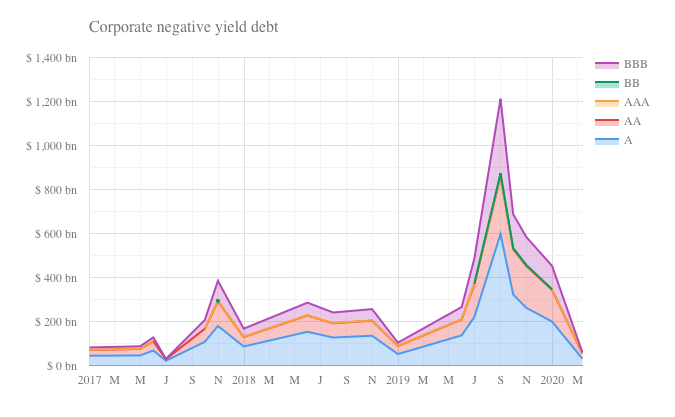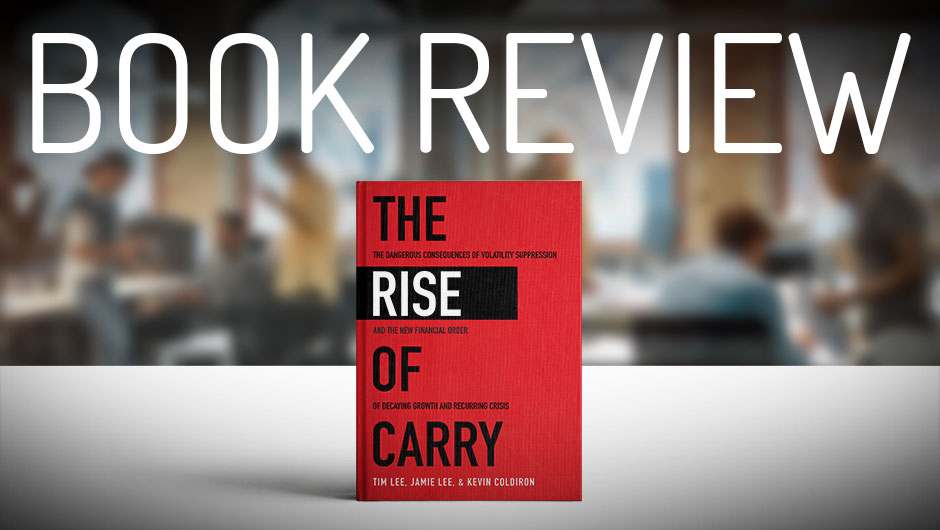How Covid-19 infected the corporate bond market

There was over $12 trillion of corporate debt outstanding in three major currencies when the coronavirus spread worldwide, killing more than ten thousand people and prompting lockdowns across dozens of countries. Aside from the personal burden on them and their teams, treasurers are now facing a significant financial threat.
One day, historians will teach us how obvious it all was: It was the consequence of a huge risk no one took seriously. The result: Forcing billions of people to stay at home would bring the global economy to a grinding halt. And companies that depend on those consumers would come to a grinding halt too, prompting a threat of instant mass unemployment and a recession deeper than the last financial crisis.
This is now a headache for corporate treasurers that depend on access to bond markets for funding. Unlike equities, where $6.5 trillion has been wiped off the value of the S&P 500 index alone, the carnage in credit is harder to see, but no less alarming. Can emergency action by the Fed, Bank of England and European Central Bank keep these companies alive amid the lockdowns?
1) Where did all the negative yield bonds go?
In August last year, there were more than $1.2 trillion of corporate bonds trading at a negative yield. That was partly driven by European Central Bank easing but also by record low credit spreads. Even ECB-ineligible junk bonds were caught up in the excitement.
On 18 March, the day before the ECB finally fired its €750 billion bazooka (the Pandemic Emergency Purchase Programme), only a few billion of negative yield corporate bonds traded [see chart]. The reason? A massive widening in credit spreads as investors digested the prospect of the global economy falling off a cliff. When markets closed the following day, there were no negative yield bonds at all.

2) Bondspreading
While US treasury yields, Gilts and the euro government curve have dropped like a stone in recent weeks, corporate bond yields have gone the other way. In our chart, we show the year-to-date increase in credit spreads averaged for different sectors. Oil & gas companies saw an average spread increase of 1000 basis points in a matter of weeks, followed closely the travel & leisure sector. Across the board, the increases are in the hundreds of basis points. Even excluding high yield bonds, all the sectors show triple-digit increases.
That isn’t necessarily a problem for most companies, given that borrowing costs were at record lows a few months ago. For high-rated borrowers in sectors such as food & beverages, real estate and even banking, the debt markets have stayed open.
3) Corporate debt is no longer a winning trade
From the perspective of investors, owning corporate bonds has been a one-way bet until recently. Observers point out how it’s possible to borrow at zero or negative rates and invest in corporate debt as a kind of carry trade. Issuers of corporate debt, meanwhile, use additional borrowing to fund share buybacks. All this is now unravelling. We see this in our next chart, which shows year-to-date returns for the largest bond issuers in our database.
Everything is clustered below zero, showing that even allowing for coupon income, bondholders are losing money this year. Naturally, the worst losses are in the energy sector, but take note of the dismal performance of industrials like Boeing and Ford. One bright spot is that new investors in credit are being better compensated for the risk they are taking. For equity investors, the era of the buyback has come to an end.
4) Energy and travel are priced for default – how likely is it?
Before the crisis, oil and gas companies were already in the investor doghouse because of climate change. Then, not only did Covid-19 deliver the greatest demand shock of modern times, but Opec’s two biggest producers decided to have a perfectly-timed price war. As a result, even investment grade energy producers saw their bonds decline by 30% or more.
Luckily for them though, few of these bonds start maturing until early next year. If governments succeed in applying the economic defibrillator, a rebound in oil prices might just save them from default.
The picture is less comforting for the travel and leisure sector though. Not only are planes and cruise ships now perceived as the main vector of international Covid-19 transmission, while in Spain, hotels are being forcibly emptied by the government. Many companies in this sector have bonds maturing uncomfortably soon – such as Southwest Airlines in May, Expedia in August and Carnival Corp in October. General Electric, which has significant aerospace exposure, has $11 billion of debt maturing in 2020 alone.
These companies will also have commercial paper programmes to be rolled over adding to the pressures treasurers are facing. In the worst afflicted sectors, their hope must be that they can refinance using government support schemes, such as the ECB’s PEPP, the Fed’s Primary Dealer Credit Facility or the Bank of England’s Covid Corporate Financing Facility. Governments that are hoping to avoid mass layoffs of millions of employees are depending on it.
You may also like...


The Dangers of Carry for Corporate Treasurers
March 13th 2020Amid global market turmoil, carry trades are unraveling. A new book contains powerful insights for...